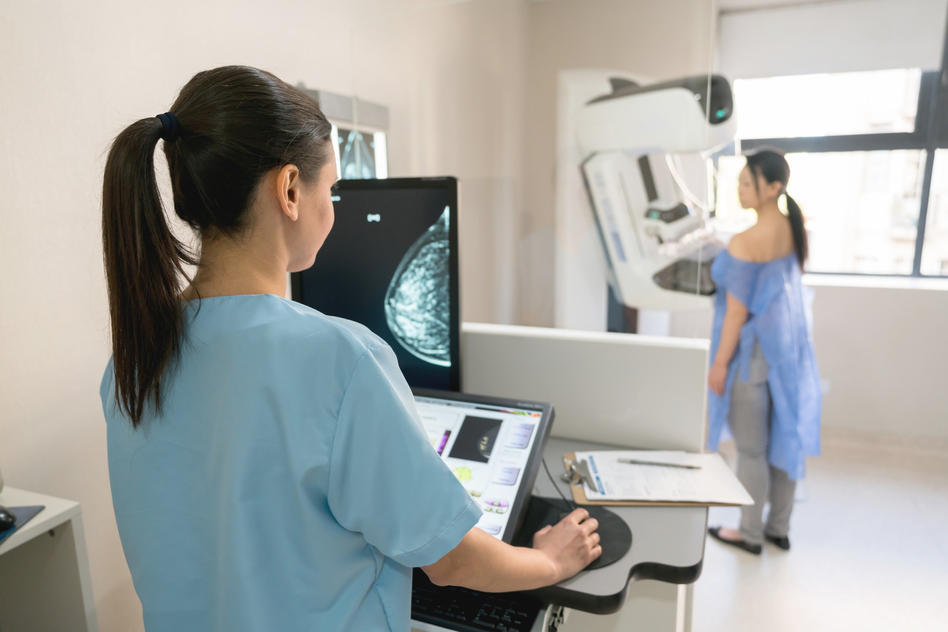Finding cures and treatments for cancers is a big deal! Out of all the different types of cancers out there, breast cancer has undoubtedly seen the most progress in terms of mortality rates. One of the keys behind this has been the widespread number of mammogram screening operations which happen all over the country, giving women the chance to get checked out, to hopefully catch any issues nice and early.
A lot of women have a many questions about breast screening and what it entails, so I spoke with a leading cancer expert to find out some of the answers.
Am I At Risk?
A lot of the of the screening services are aimed at women who are considered to be at risk of breast cancer. A woman considered to be at risk would be over the age of 50, someone who has a family history of breast cancer, as well as those with any kind of gene mutation issues.
I’ve Found a Lump, What Do I Do?
If you have found a lump in your breast or the surrounding area, it is important that you get booked in for a mammogram in order to assess the situation of the lump. Sometimes this can be a lump of fatty tissue, in other cases it may be malignant. Don’t wait for a local screening opportunity if you find something, go straight to your doctor.
What Age Should I Get Checked Out?
The risk of breast cancer in women between 40 and 44 is very low, but you may still wish to get checked out. If you are above the age of 45 then breast screening would be recommended, in order to try and catch any issues in the early stage.
Self Exams?
Self breast exams were once thought of as a good idea but in truth very little deaths were prevented by this method, which has lead to doctors no longer recommending them. Of course you should examine your breasts for lumps, changes of shape and if they are feeling particularly sensitive, but in terms of finding out more you should consult a medical professional.
What Happens If I Have a Lump?
If you do have a lump then when you go to see your doctor they will take a biopsy of the lump, and send this off for testing to find out more. A biopsy involves the doctor extracting either tissue or fluid from the tumor so that it can be assessed to see if it is cancerous or not. This can be a difficult time as you will have to wait in the days leading up to your appointment, and then wait some more days before the biopsy results come back. In many cases a lump is nothing to worry about, but it is always best to get it checked out if you find one.












